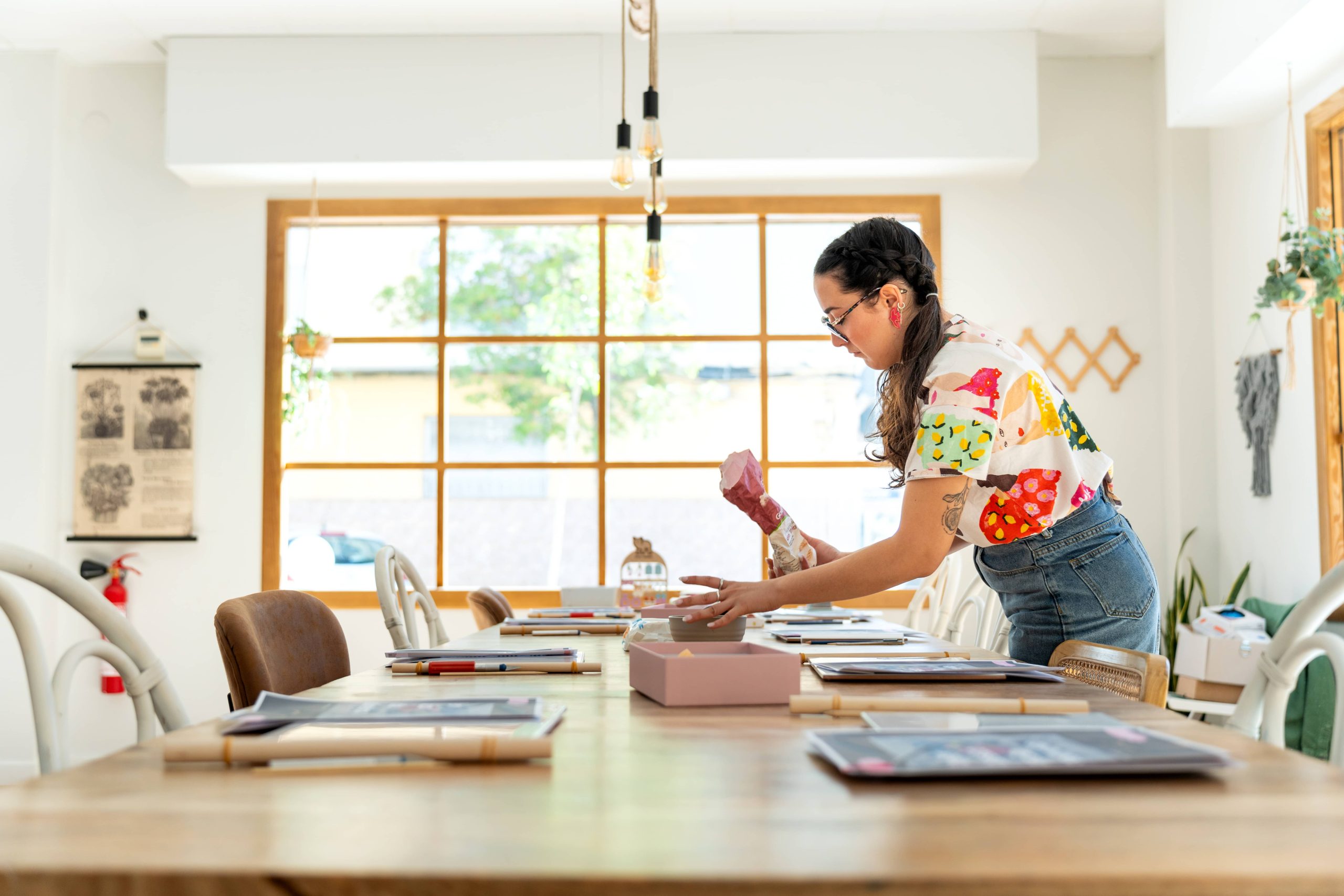
When we think about home organization, the dining room often gets overlooked. Yet, it is one of the most essential spaces for creating shared experiences with family and friends. A well-organized dining room not only enhances functionality but also elevates the overall dining experience. Whether you’re hosting a dinner party, enjoying a festive holiday meal, or just having a family dinner on a regular weekday night, the organization of your dining room can significantly impact the flow and enjoyment of your meals together. Here are some ways to organize your dining room to maximize its functionality and aesthetic appeal.
1. Define the Purpose of Your Dining Room
Before diving into the organization tips, it’s crucial to define the primary purpose of your dining room. Ask yourself how you intend to use the space. Is it mainly for formal dinners, casual family meals, or multi-purpose use? Understanding this will guide your organizational decisions.
For instance, if your dining room also serves as a homework station or a crafting area, you’ll need storage solutions for those activities as well. Conversely, if your dining room is reserved for special occasions, you might prioritize elegant storage for fine china and linens.
2. Clear the Clutter
Clutter is the enemy of organization. Start by removing items that do not belong in the dining room. These could include bills, newspapers, toys, or any other items that may inadvertently end up on the dining table. Establish a rule that the dining room table is strictly for meals and related activities.
Clearing the clutter creates a blank canvas and helps you visualize your perfect dining room setup. It will also make it easier to clean and maintain the space.
3. Functional Furniture Arrangement
Consider the flow of movement within the dining room. Arrange your furniture to ensure easy access to the table and chairs, without blocking pathways or creating obstacles. If your dining room is small, opt for a round table which can often seat more people and can fit nicely into tight spaces. For larger rooms, a long rectangular table might be more appropriate.
When selecting chairs, choose ones that are comfortable and versatile. Armless chairs, for example, can be tucked away more easily, saving space when not in use.
4. Smart Storage Solutions
Storage is vital in maintaining an organized dining room. Buffets, sideboards, or cabinets can provide ample storage for dining essentials like crockery, glassware, and table linens. Look for multifunctional furniture that provides storage without occupying too much space.
For homes with smaller dining rooms, consider wall-mounted shelves or cabinets. These not only save floor space but also allow you to display decorative items or store more delicate chinaware.
Another clever idea is to use a bench with built-in storage. This serves dual purposes—extra seating and storage for placemats, napkins, or less frequently used items.
5. Optimize Table Setting Storage
Create a designated spot for setting up and clearing the dining room table. This could be a convenient drawer or shelf where you can keep table mats, coasters, and flatware organized and at hand. Drawer dividers and trays are excellent tools for keeping small items tidy and readily accessible.
Additionally, seasonal or special occasion dishes can be stored separately to avoid cluttering everyday items. Label shelves or drawers to quickly locate what you need when setting and clearing the table.
6. Incorporate a Beverage Station
If space allows, consider dedicating a section of your dining room to a beverage station. Whether it’s a bar cart or a stationary cabinet, having a designated place for drinks can enhance the functionality of your dining room—making it easier to serve guests without interrupting the flow of a meal.
Stock it with essentials like glasses, a bottle opener, and a selection of beverages. For non-alcoholic options, consider including a coffee or tea setup, complete with mugs and accessories.
7. Lighting and Ambiance
Lighting plays a significant role in the functionality and aesthetic of your dining room. Adequate lighting can make the space more inviting and highlight your well-organized space. A chandelier or pendant lights above the dining table can make a dramatic focal point, whereas dimmable lights can help set the mood for different occasions.
Supplement general lighting with task lighting, like a floor lamp near a sideboard or accent lighting, to display art or decorative elements in the room.
8. Decorative Yet Functional Elements
While function is key, don’t forget about aesthetics. Use decorative items that also serve a purpose. Stylish trays can act as both decorative accents and functional pieces for holding condiment jars or salt and pepper shakers.
Plants or a fresh floral arrangement can bring life and color into the room, enhancing its vibe. Just make sure they are positioned to not obstruct views across the table.
9. Regular Maintenance and Review
Lastly, the key to maintaining an organized dining room lies in regular maintenance. Make it a point to review and tidy up the space periodically to prevent the slow creep of clutter. Reorganize as necessary if your use of the space changes.
Encourage family members to adhere to the organization system, ensuring that items are always returned to their designated places.
In conclusion, the dining room is a versatile space that when organized effectively, can enhance the functionality and enjoyment of meals and gatherings. By implementing these organization strategies, your dining room can become a well-organized hub of activity and hospitality in your home.

